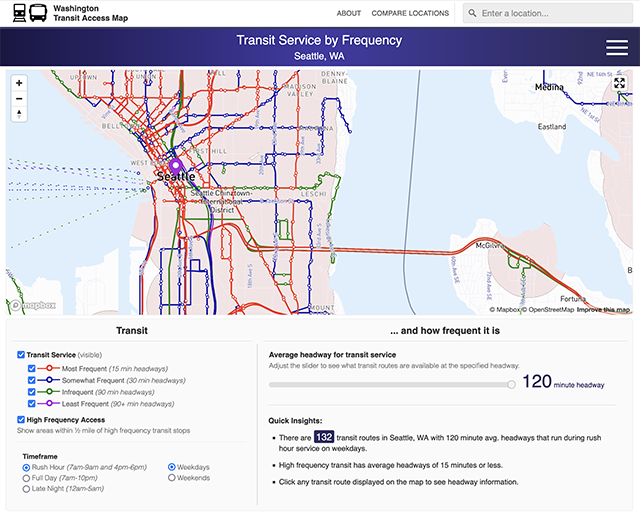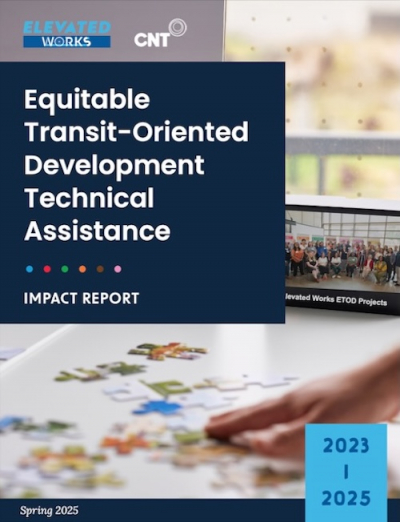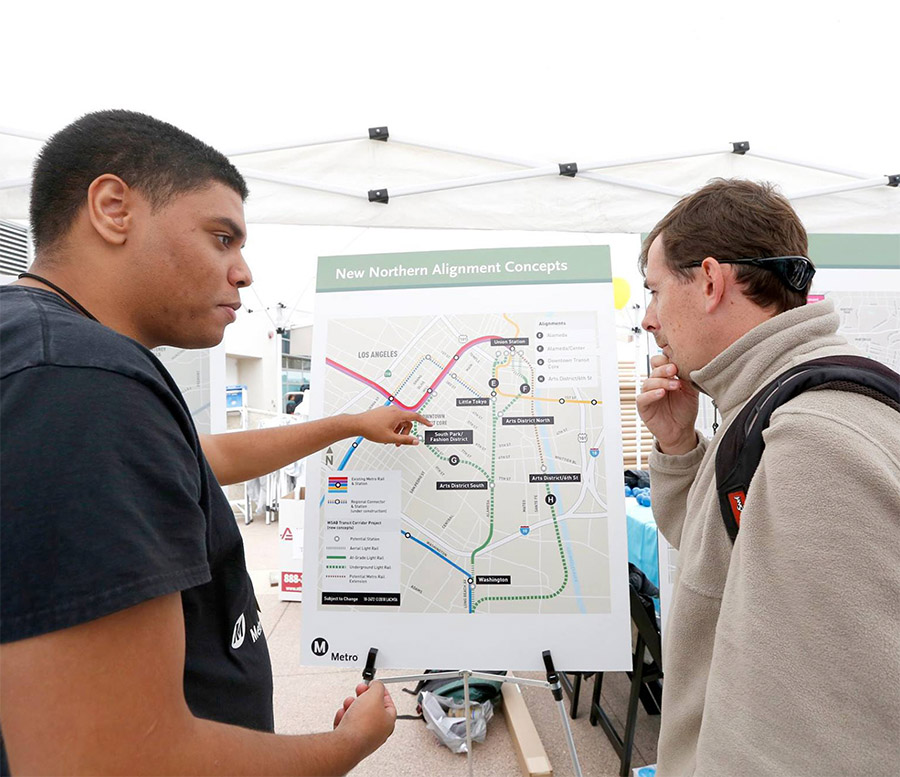
Residents Participate in Urban Flooding Data Collection Efforts
The Urban Flooding Baseline Project seeks to clearly define the problem of urban flooding in the Calumet region using available quantitative data sources and first-hand pictorial data from residents to improve flood mitigation plans. At the end of July, we completed the Pilot and Phase 1 of the resident data collection. Each resident data collection leader is assigned a 1.5 mile x 1.5 mile region in the communities for Dolton, Dixmoor, Harvey, Markham, Phoenix, Posen, or Riverdale and is... Read the rest of this entry »
Growing Community at LUCHA’s Tierra Linda House
It was raining – great for the new rain garden, but not so great for a community gardening day. Would anyone come? Hopeful, we set up the tents and laid out the sandwiches, and parents and youth started arriving a little after noon. "We were so thrilled that families and volunteers showed up, despite the morning rain! It was truly a great opportunity to bond with the community organizations that supported these efforts and the tenants and community members that will... Read the rest of this entry »
Public Art Installations Meet Green Stormwater Infrastructure
When Overton Elementary School, located in Chicago’s Washington Park neighborhood, was closed in 2013, the future use of the campus was unknown. Many of the 43 schools that were shuttered in 2013 are still vacant today despite early promises that the school campuses would be transformed into community amenities. Overton was purchased by Washington Park Development Group, helmed by Ghian Foreman in 2015, and he has worked in partnership with Borderless Studio, founded and managed... Read the rest of this entry »
Statement From CNT on Equity and Systemic Racism
Black lives matter. Structural racism has enabled law enforcement to use incarceration and lethal violence upon Black men, women, and children, over-and-over, for centuries. These are people with names and families and stories. The current protests give voice to the suffering and righteous anger of Black communities across the nation. We humbly stand in solidarity and allyship with this movement. We will continue our internal journey of pursuing racial equity and justice through our work as... Read the rest of this entry »
What Can Communities Do About Lead in Drinking Water?
From inventories to public education, here's how local leaders can take action on lead An estimated 6 million leaded service lines deliver drinking water to households across the United States, and when these lines leach lead into drinking water, it poses a serious public health problem. In the midst of the COVID-19 pandemic, states and cities are working to issue moratoriums on water shutoffs and reconnect service to those that have been shut off—but it’s important to... Read the rest of this entry »
Cultural Engagement Makes Stormwater Investments Successful
As summers grow hotter and rainstorms increase in frequency and severity, it’s more important than ever to promote and invest in solutions that improve local climate resilience. However, governmental solutions often value pipes over natural permeability and engineering over community engagement. And, where nature-based stormwater solutions are installed, many residents are at risk of displacement due to increasing property values. While there’s no quick fix to this challenge, CNT, through... Read the rest of this entry »
Flooding Hits Hardest in Chicago’s Communities of Color
This has been a wet summer. Thunderstorms, hail, and flash flooding have all hit Chicagoland lately. The Chicago Tribune recently reported that over the past decade, only coastal cities with hurricanes have received more federal aid for flooding. And according to the Third National Climate Assessment, heavy, sudden storms – the kind most likely to overwhelm our local sewers and create flooding – are predicted to worsen as a result of climate change. Flooding has severe impacts on health and... Read the rest of this entry »
Celebrating Summer, Sustainability, and 40 Years
Building on past years’ success, the Young Innovators fifth annual summer fundraiser welcomed a diverse group of participants and experts. We had 40 guests attend a splendid afternoon with the weather on our side as we enjoyed locally- and ethically-sourced treats and insightful conversations. We kicked off the event with an overview of actions planned by CNT stakeholders for improving current climate and transportation challenges. Special guests included staff from organizations such... Read the rest of this entry »
RainReady Robbins Resilience: Outlining a Roadmap to Community Success
CNT’s mission to make cities work for everyone is realized in small part through the buy-in and support of local communities we serve alongside. With collaboration and support from individuals in the RainReady Robbins Steering Committee, CNT recently published a report on the pricing of residential drinking water in Robbins, Illinois. The primarily African-American residents of this community pay a higher rate for water than 80% of all municipalities in the region. The Village of Robbins is... Read the rest of this entry »
Beyond the Bill – Reflections on Achieving Community Affordability
Toward the end of March, CNT presented at Flint’s 3rd annual Environmental Justice and Resiliency summit. The summit featured four days’ worth of panels, interactive sessions, and trainings on topics ranging from trauma-informed art therapy to creating a blue-green economy in Flint. CNT was pleased to share the stage with Amy Hovey of the C.S. Mott Foundation, Leah Wiste of Michigan Interfaith Power and Light, and the City of Flint’s former CFO Hughey Newsome and Water Superintendent Rob... Read the rest of this entry »





 Strengthening Transit Through Community Partnerships
Strengthening Transit Through Community Partnerships








